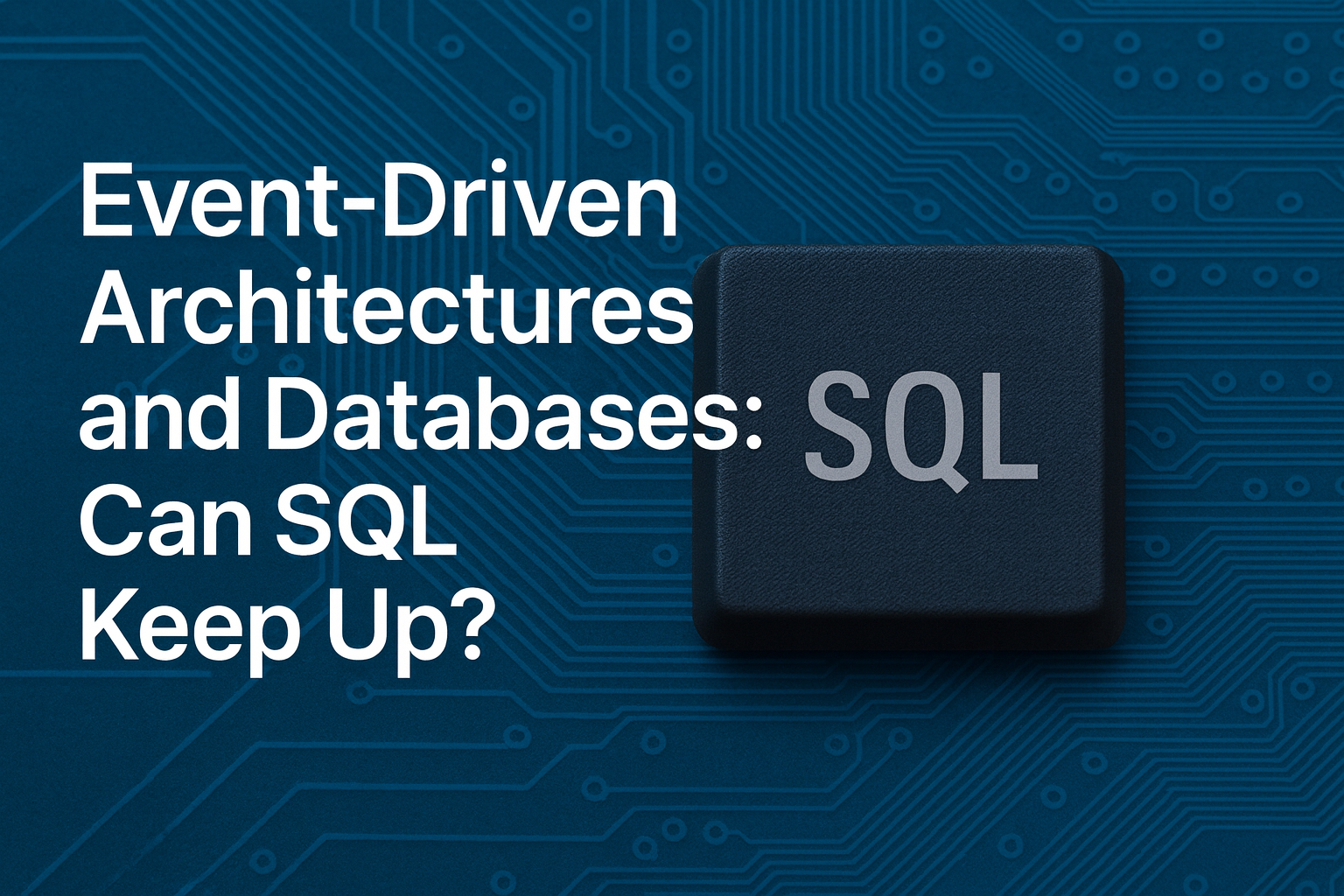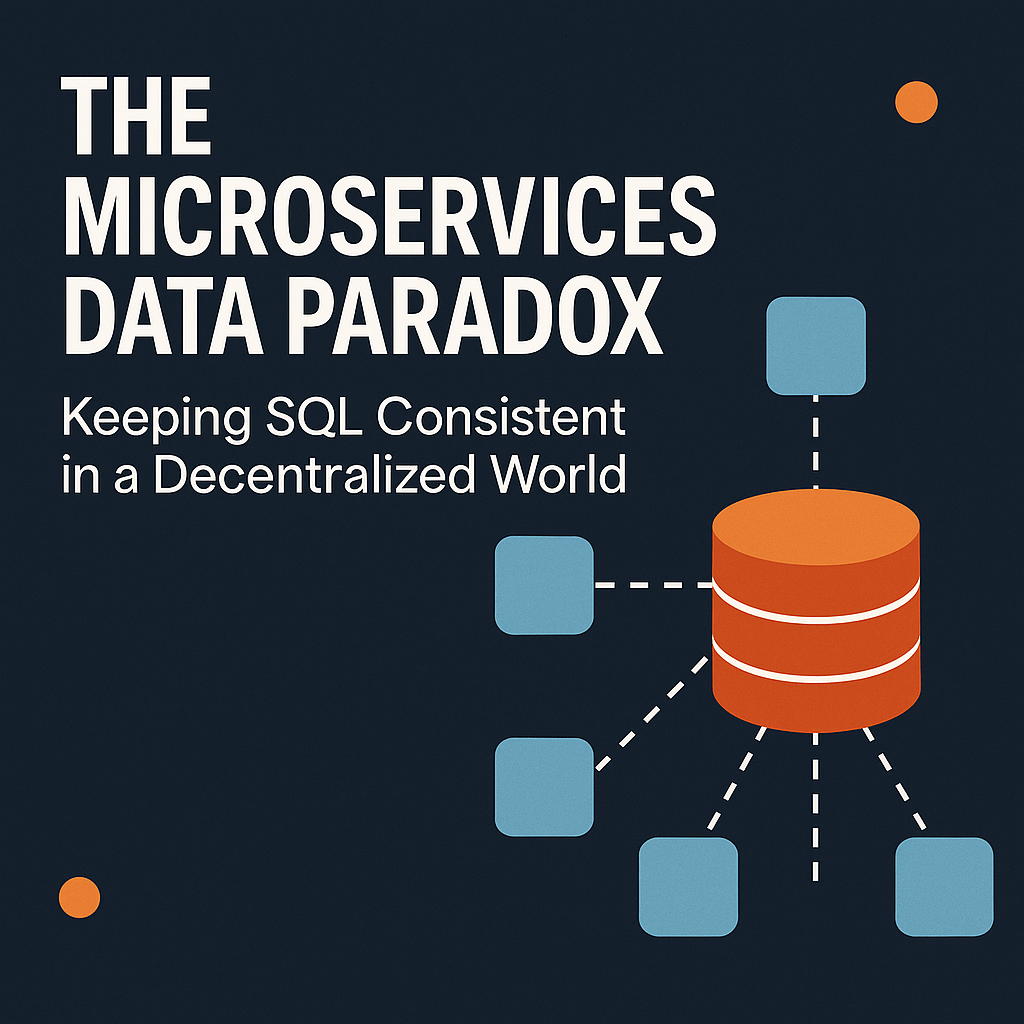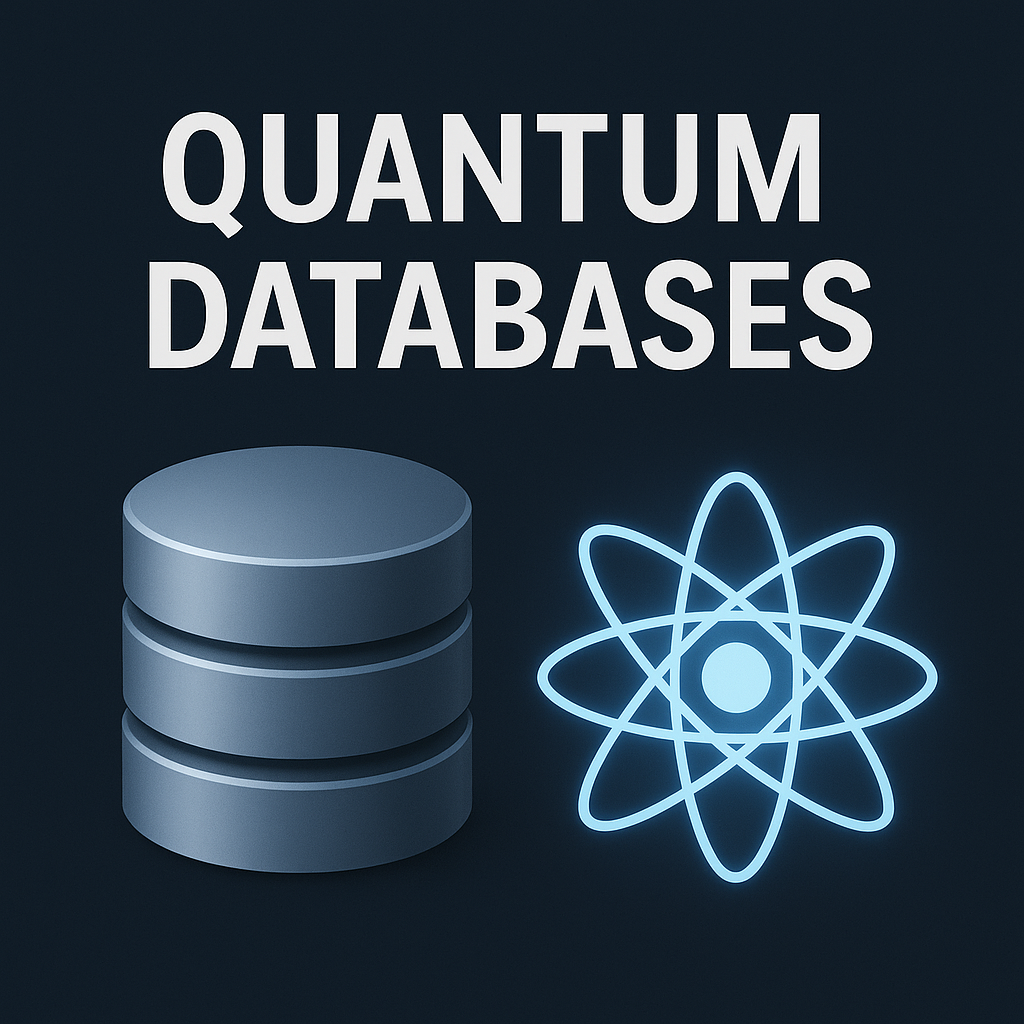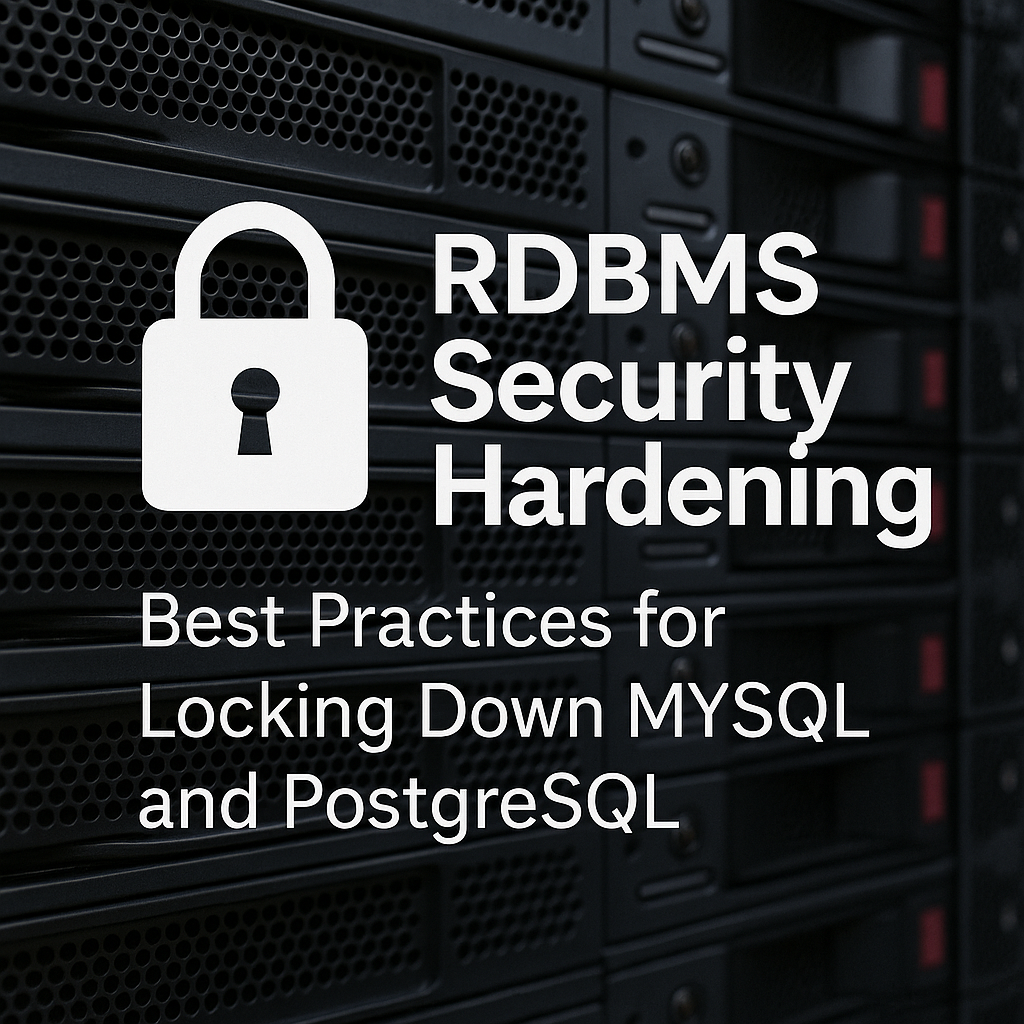The Rise of Multi-Model Databases in Modern Architectures: Innovation, Market Impact, and Organizational Readiness
Multi-model databases address modern data diversity challenges by supporting multiple data models (document, graph, key-value, relational, wide-column) within a single unified platform, eliminating the complexity of traditional polyglot persistence approaches. These systems feature unified query engines, integrated indexing, and cross-model transaction management, enabling developers to access multiple representations of the same data without duplication or complex integration. Real-world applications span e-commerce, healthcare, finance, and IoT, with each industry leveraging different model combinations to solve specific business problems. Organizations adopting multi-model databases report infrastructure consolidation, operational efficiency gains, and faster development cycles, though successful implementation requires addressing challenges in schema governance, performance monitoring, and team skill development. As this technology continues to evolve, organizations that master multi-model architectures gain competitive advantages through reduced complexity, improved developer productivity, and more resilient data infrastructures.


.png)








































.webp)







